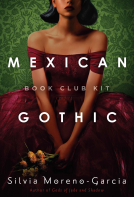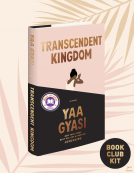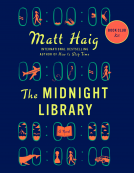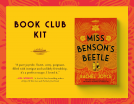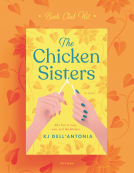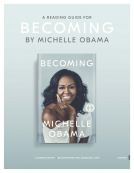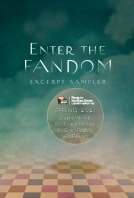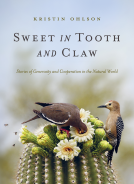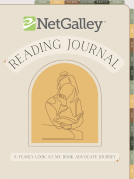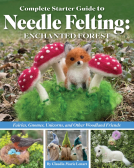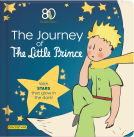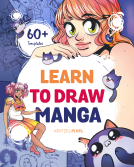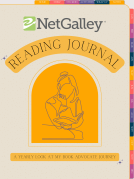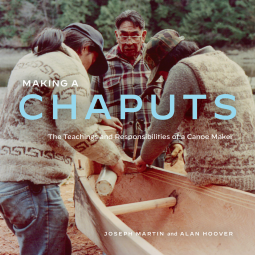
Making a Chaputs
The Teachings and Responsibilities of a Canoe Maker
by Joe Martin; Alan Hoover
This title was previously available on NetGalley and is now archived.
Send NetGalley books directly to your Kindle or Kindle app
1
To read on a Kindle or Kindle app, please add kindle@netgalley.com as an approved email address to receive files in your Amazon account. Click here for step-by-step instructions.
2
Also find your Kindle email address within your Amazon account, and enter it here.
Pub Date Jun 17 2022 | Archive Date Jul 15 2022
Royal BC Museum | The Royal British Columbia Museum
Description
Tla-o-qui-aht master canoe maker Joe Martin, in collaboration with former museum curator Alan Hoover, describes the meaning and method behind one of the most vivid and memorable symbols of the Northwest Coast: the dugout canoe. Both artform and technological marvel, the chaputs carries Indigenous cultural knowledge passed down through generations, not only of the practical forestry and woodworking that shape every canoe, but also of the role and responsibilities of the canoe maker. The text includes both a step-by-step explanation of the canoe-making process from tree selection onward (carefully described and dynamically illustrated) and the personal histories of a number of Joe’s canoes, encompassing their planning, creation, cultural significance, and role in the process of reconciliation. The teachings Joe received from his father and the expertise he has gained in a lifetime of canoe-making are recorded here in his own words for generations to come.
Available Editions
| EDITION | Other Format |
| ISBN | 9780772680273 |
| PRICE | $19.95 (USD) |
| PAGES | 96 |
Featured Reviews
 Librarian 255590
Librarian 255590
A great addition to any Indigenous collection. This book highlights Indigenous boat making, including associated cultural and religious traditions. Contains beautiful pictures with rich descriptions.
If you’ve ever wondered how to properly make a canoe, Tuu-tah-qwees nup-she-tl is here to teach you! He provides precise directions, beginning with selecting the right tree all the way to the finishing details, with instructional drawings along the way. It’s written very conversationally, as if you are right there with him as he’s sawing and sanding.
But this book is more than a simple how-to. It’s about the history of the Tla-o-qui-aht and preserving the culture. It’s about how European and Indigenous communities have come together, shared together and learned from each other. Of the many canoes that Tuu-tah-qwees nup-she-tl has made, they are not all for his own people. He has taught other Indigenous communities this ancient art and even made a canoe as a gift commissioned by a white community to give to a local Indigenous community.
This is not simple boat making; it’s a craft, a centuries-old tradition, a way of life, a way of being one with nature, and I’m so thankful to have had the opportunity to read this book and learn more about it. The photographs showing his family really complete it.
Thank you NetGalley and Royal BC Museum for providing me with this ARC in exchange for my honest review.
Making a Chaputs is a well and simply written ode to the rich traditions and woodcrafting culture of the Tla-o-qui-aht First Nations by Joseph Martin and Alan Hoover. Due out 17th June 2022 from the Royal BC Museum, it's 96 pages and will be available in paperback and ebook formats.
This is a well documented and detailed masterclass on the physical aspects of creating a dugout canoe, from choosing materials, through the process to finishing. The author, Tuu-tah-qwees nup-she-tl (Joseph Martin) is a lifelong woodworker and learned the traditional methods at his father's knee from childhood on. Possibly more importantly, it's a detailed documentation of the vitally important culture and craft of the artisan dugouts upon which his people literally depended for day-to-day life. Traveling, fishing, and living on the water, under often difficult weather and terrain conditions rendered the dugout canoe absolutely necessary. The process has been honed over thousands of years and the functionality and safety of the design is inextricably entwined with the art and culture.
The vibe throughout the book is conversational. It feels very much like a masterclass with a master shipwright. Additional editorial comments by the editor Alan Hoover are provided in the text in contrast colour for clarity purposes.
The book is very well illustrated throughout. Action photos are taken without hands or tools obscuring the view. The book also includes a number of historical photos from (presumably) the author's personal family collection.
Five stars. This is a well written important documentation of the culture and art of First Nation people. Some of the personal recollections include mentions of casual racism and institutionalised cruelty in the residential schools. I found them sad, but a necessary reminder of the resilience of the people who went through them to pass on traditional culture and art into a new renaissance. This would make a good selection for public and school library acquisition, as well as for students of local history and culture.
Disclosure: I received an ARC at no cost from the author/publisher for review purposes.
Readers who liked this book also liked:
Silvia Moreno-Garcia
Historical Fiction, Literary Fiction, Sci Fi & Fantasy
